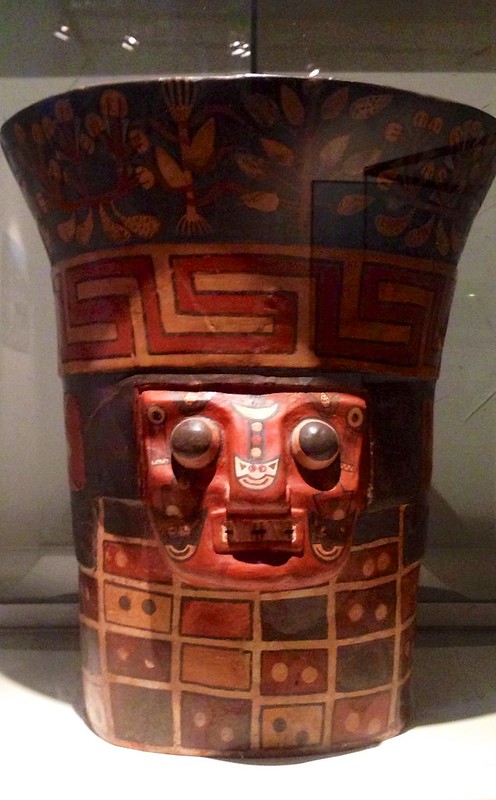Listen to the episode (MP3 File)
Along with my parent I joined 10 other people for a two week long trip to Peru and Ecuador. This would be our first Overseas Adventure Travel (OAT) trip. It would prove to be quite an interesting and informative experience overall. It is best to think of this as really two trips rolled into one. The first week we spent in Peru traveling mostly through the Sacred Valley with a key highlight being our overnight visit to Machu Picchu. The second week was spent in Ecuador and the key component there was our 4 days spent sailing amongst the Galapagos Islands. OAT trips, at least this one, have a goal of "learning and discovery" and one result of that is you move much more slowly than we are used to doing either by ourselves or with groups such as we travel with when on HF Holiday hiking trips. While an OAT trip can have physical challenges such as dealing with high altitude conditions, Machu Picchu sits at about 8,000 feet and Cusco at just over 11,000 feet above sea level or sea sickness on the 16-passenger catamaran the actual physical endeavors are modest. But you will still experience quite a lot even though at times you may feel both rushed or stuck in place depending on circumstances.First we would spent a day in Lima, Peru. Lima is a bustling city and rather large with correspondingly maddeningly slow yet hectic traffic. It seems to take well over a half hour to get from anywhere to anywhere. Our hotel was located in the Miraflores district which is a posh area of the city quite different in feel from the heart of the downtown where central government buildings and the like are. We spent a very interesting bit of time at the archeological museum which held artifacts of ceramic and tapestries some of which are pushing 3,000 years old. It is a compelling reminder that civilizations thrived in this area for a considerable length of time and that the Inca Empire was only a tiny, admittedly very impressive, capstone to the history of the area before the conquest by the Spanish lead by Pizzaro in 1532. Visiting the convent (monastery maybe; I'm not sure - Pavel and the local guide Elisa - I think that's her name - said "convent" but I'm not sure that's what they meant) where lengthy lines of people waited to enter for a months saints day service (Saint Anthony I think) was striking. These were routine services but clearly important. I think we were struck more by this than the throngs in a central square that were watching the Michael Jackson impersonations concert going on just a couple blocks away.

Our hotel is located in the Miraflores district of Lima. Just a couple of block away built into the cliffs that drop down to the Pacific ocean is a pedestrian shopping mall. It's a pretty posh seeming place though when we walked through it just after 9:00 AM on Saturday it was pretty much empty. When we walked some of the streets later in the day things were definitely busier in this area.

We visited the archeological museum in Lima. To get anywhere from our hotel it seemed to take easily 30 minutes by minibus. I am not sure if that says more about traffic congestion, though traffic did seem heavy, or how spread out Lima is. The museum is home to numerous artifacts including tapestries and ceramics (like this). Some of the artifacts are 3,000 years old. Seeing the works of cultures that predate the Inca who really are just the last one and only present for a very short time is impressive.

We visited the heart of Lima and in this square found a Michael Jackson impersonation concert going on. Perhaps some protests too. But the real big deal here was at a monastery (I think) that was running constant services for a saint. I think it may have been Saint Anthony and this type of thing happens every month. The lines of people for what must be a regular and routine yet important service is remarkable.
Check out this episode!






